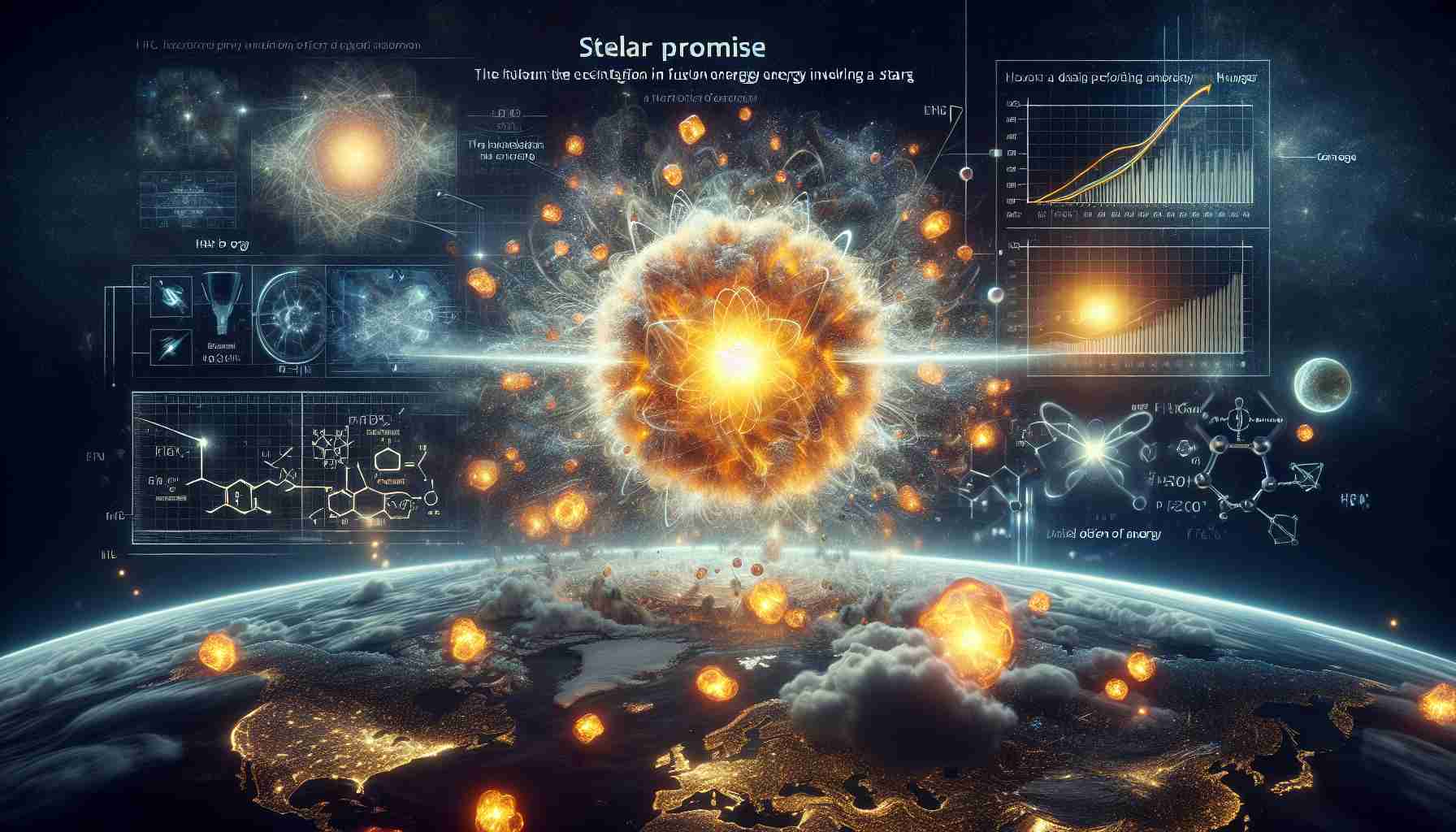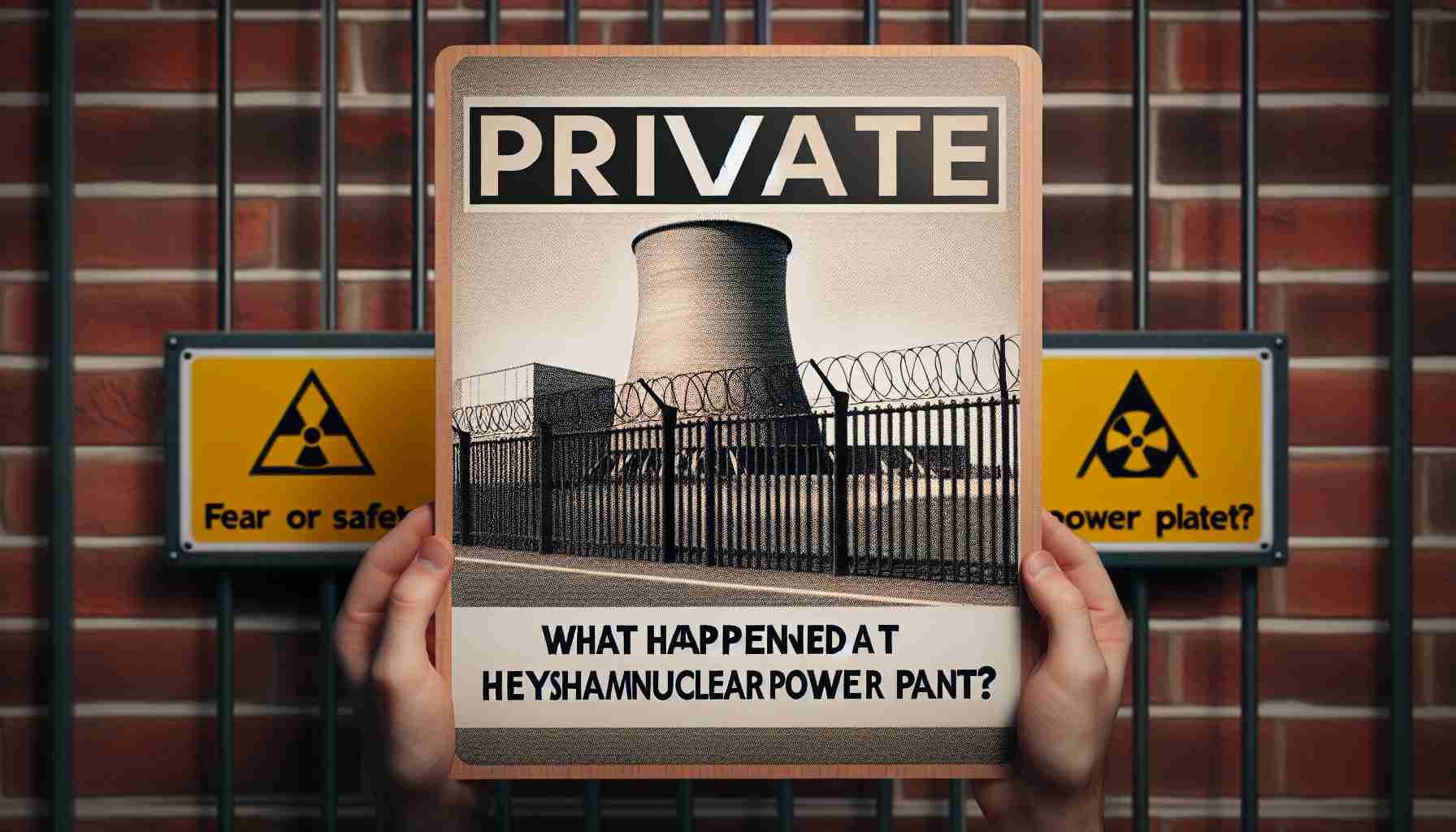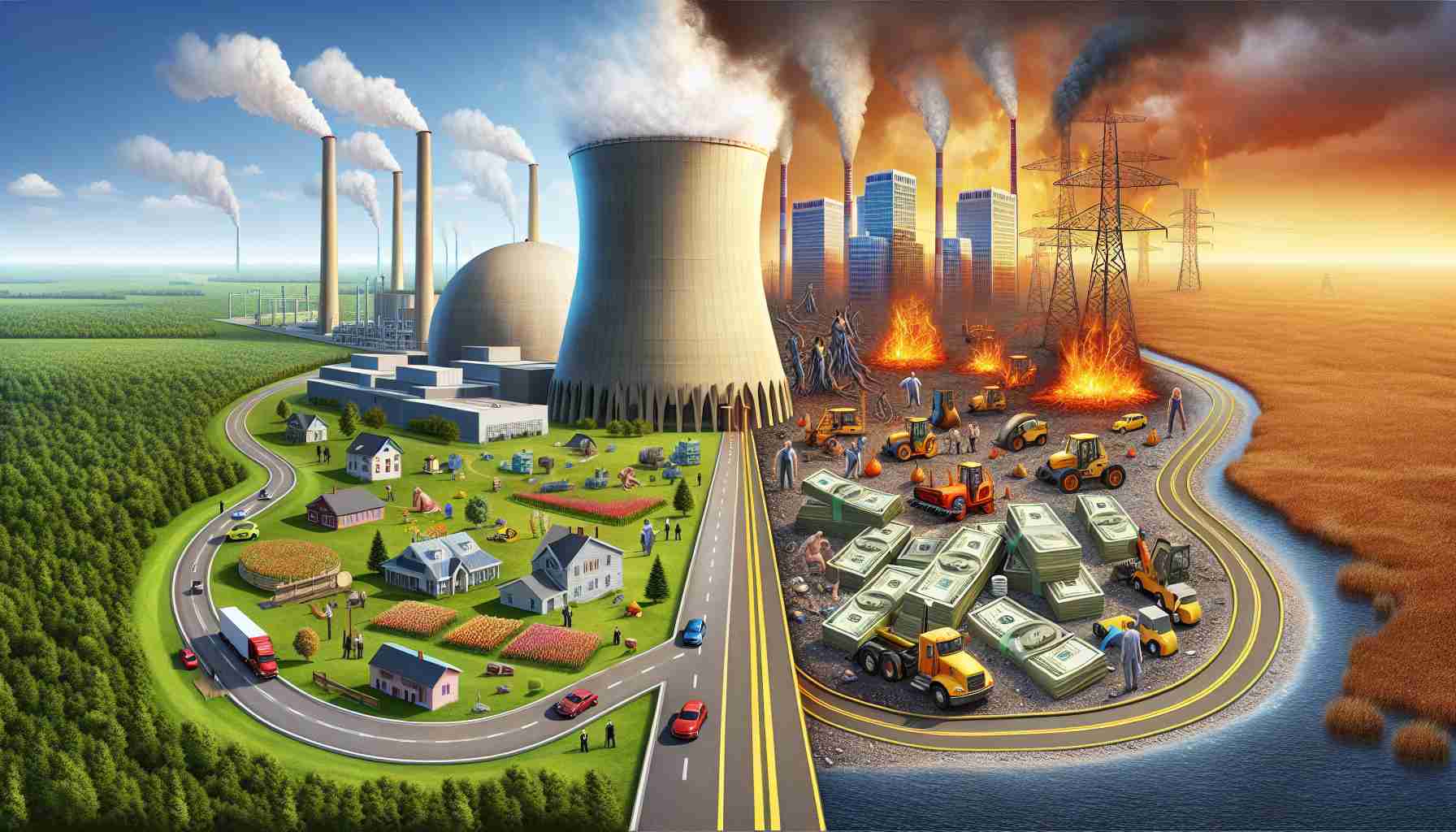A New Era of Energy Production is Dawning
In the realm of energy innovation, China has taken a colossal step forward with its Experimental Advanced Superconducting Tokamak (EAST), achieving a groundbreaking milestone in nuclear fusion—a technological advancement that hints at an exciting future for global energy. Commonly dubbed as the “artificial sun,” EAST has defied previous limits, sustaining stable plasma operations for an extraordinary 17 minutes and 46 seconds, far outstripping its earlier performance.
Fusion: The Power of the Cosmos
Nuclear fusion replicates the celestial process powering the stars, combining light atomic nuclei at staggering temperatures over 180 million degrees Fahrenheit. This process not only holds the promise of a cleaner energy alternative but also offers the prospect of bountiful energy without the daunting issue of hazardous waste traditionally associated with nuclear fission.
EAST’s Role in the Energy Transition
EAST’s revolutionary design employs superior superconducting magnets in a tokamak structure that constrains hydrogen plasma into a doughnut-like shape. This configuration facilitates an environment conducive to atomic fusion, thus acting as a potential cornerstone for reliable and sustainable energy sources.
The Global Quest for Fusion Energy
The fascination with fusion isn’t confined to China; it’s a shared ambition that traverses borders. The ITER project in France exemplifies this worldwide endeavor, aiming to actualize fusion as a dominant force in the energy landscape. Success here could fundamentally alter how societies meet their energy demands.
Challenges and Opportunities
While fusion energy holds immense promise, the journey toward its commercialization is fraught with technical, financial, and regulatory challenges. High costs and developmental hurdles must be navigated if fusion is to fulfill its potential as a mainstay of global energy production.
Pathway to a Sustainable Tomorrow
Ultimately, breakthroughs like those achieved by EAST signal not only a stride in technological innovation but also highlight a pathway toward a future where clean, abundant energy is accessible to all. As investments in fusion research escalate, the world’s reliance on fossil fuels may wane, ushering in an era where energy security, innovation, and environmental harmony coexist.
Fusion Energy: A Catalyst for Environmental and Economic Transformation
The realm of energy production stands on the brink of a transformative shift as China’s Experimental Advanced Superconducting Tokamak (EAST) achieves a landmark feat in nuclear fusion. This advancement signifies an exhilarating future for global energy, offering a glimpse into a world where energy is not just abundant but also environmentally friendly. The EAST project, often referred to as the “artificial sun,” has surpassed previous endeavors by maintaining stable plasma conditions for an unprecedented 17 minutes and 46 seconds, laying the groundwork for a future less dependent on fossil fuels.
Environmental Impact
The environmental implications of successful nuclear fusion are monumental. Fusion energy, unlike its fission counterpart, produces minimal radioactive waste, making it a cleaner alternative. By mirroring the power of the sun, fusion uses abundant resources like hydrogen isotopes, which are obtained from water, to produce immense energy without the carbon emissions that plague current energy sources such as coal and natural gas.
By transitioning to fusion energy, we could avert the trajectory of climate change, significantly reducing greenhouse gas emissions. This shift would not only clean the air but also positively affect the global environmental ecosystem by stabilizing weather patterns, reducing acid rain, and mitigating the pollutants that severely impact biodiversity and human health.
Economic Impact
Economically, harnessing fusion energy has the potential to revolutionize markets. As the need for fossil fuels diminishes, the geopolitical landscape will evolve, reducing tensions over energy resources and promoting a more balanced global economic environment. The potential of fusion offers energy independence to nations previously reliant on energy imports, fostering a sense of global equity in energy distribution.
In addition, the advancement of fusion technology could spur new industries and jobs, focusing on research, development, construction, and maintenance of fusion reactors. This could rejuvenate economies, especially those heavily reliant on coal and oil, offering them a pathway to reimagine their economic structures.
Future of Humanity
The advent of fusion energy is intrinsically linked to the future of humanity, heralding an era of sustainability and technological advancement. As society transitions to this new energy paradigm, the accessibility to clean, limitless energy could enhance quality of life worldwide, eradicating energy poverty and facilitating advancements in technology, healthcare, and infrastructure.
Moreover, the continuous development and eventual realization of commercial fusion facilities echo the potential for unprecedented human progress. This harnessing of the stars’ power could propel space exploration, drive technological innovations, and ultimately fulfill humanity’s quest for clean, sustainable energy solutions.
In essence, the strides made by EAST and similar projects are more than mere scientific achievements; they are beacons of hope, guiding humanity towards a future where energy scarcity is a relic of the past, and the promise of environmental harmony and economic prosperity is within reach. As we forge ahead into this new era, fusion energy stands as a pivotal element to building a resilient and thriving global society.
Unveiling the Future: China’s Fusion Milestone and Its Global Implications
Innovations in Fusion Technology
China’s recent advancements with the Experimental Advanced Superconducting Tokamak (EAST) prominently place the country on the frontier of nuclear fusion research. The project has achieved a significant breakthrough by maintaining stable plasma operation for nearly 18 minutes. This milestone not only underscores China’s leadership but also energizes global ambitions to harness fusion as a pivotal energy source.
Sustainability and Environmental Benefits
Fusion energy represents a transformational shift towards sustainability by offering a virtually limitless, clean energy source. Unlike nuclear fission, fusion does not generate long-lived radioactive waste, significantly reducing environmental concerns. The transition to fusion energy could thus play a substantial role in combating climate change and reducing global carbon emissions.
Global Collaborations and Competitive Landscape
While EAST is a monumental step, the global pursuit of fusion energy remains collaborative yet competitive. The International Thermonuclear Experimental Reactor (ITER) in France is a critical multinational effort aimed at demonstrating the viability of fusion power. These collaborations reflect a shared vision of a sustainable energy future, while also spurring competitive advancements in fusion technology.
Pros and Cons of Fusion Energy
Pros:
– Inexhaustible Resource: Fusion uses isotopes like deuterium and tritium, derived from water and lithium, which are abundant.
– Minimal Environmental Impact: It offers clean energy with no greenhouse gas emissions.
– Safety: Fusion poses less risk compared to fission, as the process naturally requires precise conditions to maintain.
Cons:
– Technical Challenges: Achieving and sustaining the high temperatures and pressures needed for fusion is extremely complex.
– High Initial Costs: The development and operation of fusion reactors involve substantial financial investments.
– Regulatory Hurdles: Navigating the regulatory framework for nuclear technologies is complex and varies across countries.
Economic Implications and Market Predictions
As fusion technology progresses, it could dramatically alter the energy market landscape. The potential shift away from fossil fuels would not only reduce carbon footprints but could also drive economic transformation in energy exports and labor markets. Analysts predict fusion energy might start becoming commercially viable in the coming decades, marking a disruptive change in global energy economies.
The Future of Energy Security
Technological advancements like those seen in EAST hold the promise of enhancing global energy security. Fusion’s potential to provide continuous, high-density power aligns with the increasing energy demands of modern societies. As countries invest in fusion research, the move towards energy independence could redefine geopolitical relationships and resource dependencies.
For a deeper exploration into nuclear fusion and its impact on global energy, visit ITER for the latest developments and cutting-edge research updates in fusion technology.
The source of the article is from the blog qhubo.com.ni



